When it comes to the Côte de Beaune, there is no shame in drinking from the plains. This has become especially true in the age of wine tariffs and scarcity, which have made many of the top-flight wines of the region out of reach for a majority of consumers. But you do have options. Take for instance, Chorey-les-Beaune . Effectively a suburb of Beaune, the village has zero glamour and has garnered little attention from the press, even despite its close proximity to Corton and Corton-Charlemagne, two of Burgundy’s most famous Grand Cru. This lack of glitz is fine by me. I can personally afford it, and to be frank, what I’ve had is still better suited to the table than most Pinot Noir on the American market.
“Our colleagues from other villages often joke ‘oh, you are on the plain’s side of the highway,” says Nathalie Tollot who manages the Chorey-les-Beaune-based Domaine Tollot-Beaut with her two cousins, Jean-Paul and Olivier.
While the highway does not dictate quality, Chorey-les-Beaune’s defining feature — for better or worse — is its flatness. There are no Premier Cru vineyards here, let alone Grand Cru. But as Nathalie later suggested, that doesn’t mean the winemaking is easy, nor does it mean that the winemakers put less effort into the wines. In fact, as I found out, there are some damn good wines coming from Chorey-les-Beaune. Partly because the producers and négociants see its value.
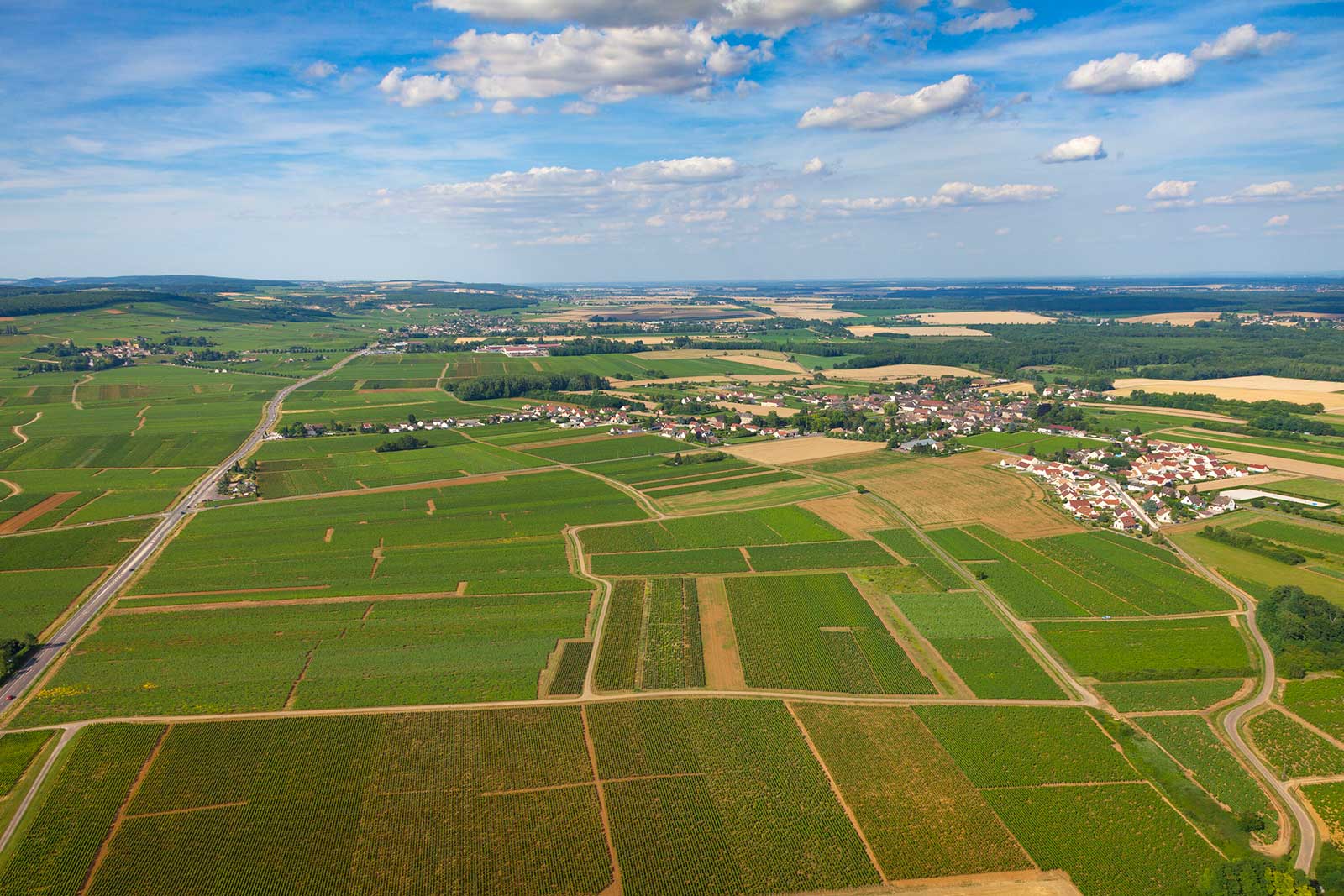
“The Burgundy producers, including us, wanted to offer to the consumer something that would be an entry-door to the world of Burgundy,” notes Laurent Drouhin, Director of the United States market for Maison Joseph Drouhin. “Not everyone is willing to spend $50, $60, $70 to start drinking Burgundy … [So] for us, Chorey-les-Beaune represents an approachable wine. It is the epitome of Pinot Noir from Burgundy at the Village-level.”
Despite this viewpoint within Burgundy, there is very little to guide consumers on Chorey-les-Beaune, other than the usual tell-you-nothing grids of critical scores (often surprisingly low in my opinion), as well as the occasional “throw a bone to Chorey-les-Beaune” blurbs in the wine compendiums.
For once, let’s give Chorey-les-Beaune a deeper look. With the money we save, perhaps we can upgrade our stemware or something.
Navigate this guide
3 Reasons Why You Should Try Chorey-les-Beaune
- It’s Cheerful and Refreshing, Yet Still Detailed – Chorey-les-Beaune’s lean fruit profile makes it conducive to a slight chill; the secondary notes that emerge with time are minimal, but they do keep an entire bottle interesting. These wines won’t blow you away, but they’ll put a smile on your face.
- It is Not Esteemed – That lack of critical praise is a boon. This is still Burgundy, after all, a region with perhaps the most talented community of winemakers in the world. Chorey-les-Beaune hits a certain sweet spot by being priced within reason (a more apt descriptor than “affordable”) while being more compelling than the regional wines labeled “Bourgogne.”
- It is the Proverbial Toe-in-the-Water – True, you can have a fulfilling relationship with wine without ever dipping your toe in Burgundy. But why would you deliberately do that? We’ve already taken care of the price excuse, so line up a Chorey-les-Beaune and get your first-taste of Pinot Noir from its paragon region.
What is Chorey-les-Beaune?
Chorey-les-Beaune is a Village-level AOC Burgundy wine that can either be a red made from Pinot Noir or a white made from Chardonnay. According to Nathalie Tollot, of the 150 hectares planted, 90% are to Pinot Noir, making blanc versions of Chorey-les-Beaune uncommon (none were reviewed for this article).
These Pinot Noir vines yields a light, delicate red with moderate acidity, moderate tannin and moderate complexity. Yes, this wine would appear to be the choice of “sensible moderates” based on that description, but don’t confuse it with vanilla and boring. More on that in a minute.
Location, Soils and Climate
As previously noted, Chorey-les-Beaune is flat, but it has a nice view to the north of Corton, a hulking hill that yields some of the world’s most clamored-for wines. Bordered by Beaune to the south, Savigny-lès-Beaune to the west, Aloxe-Corton to the north and Ladoix-Serrigny to the northeast, Chorey-les-Beaune is a little house surrounded by mansions.
But geologically speaking, the village’s soils came from those cherished, hillier places. The limestone deposits and alluvial stones underneath some of Chorey-les-Beaune’s vines are the product of erosion; a steady, slow-moving washout from the valley where Savigny-lès-Beaune resides.
While these soils are heralded on the slopes, their magical properties are reduced a bit on the plains.
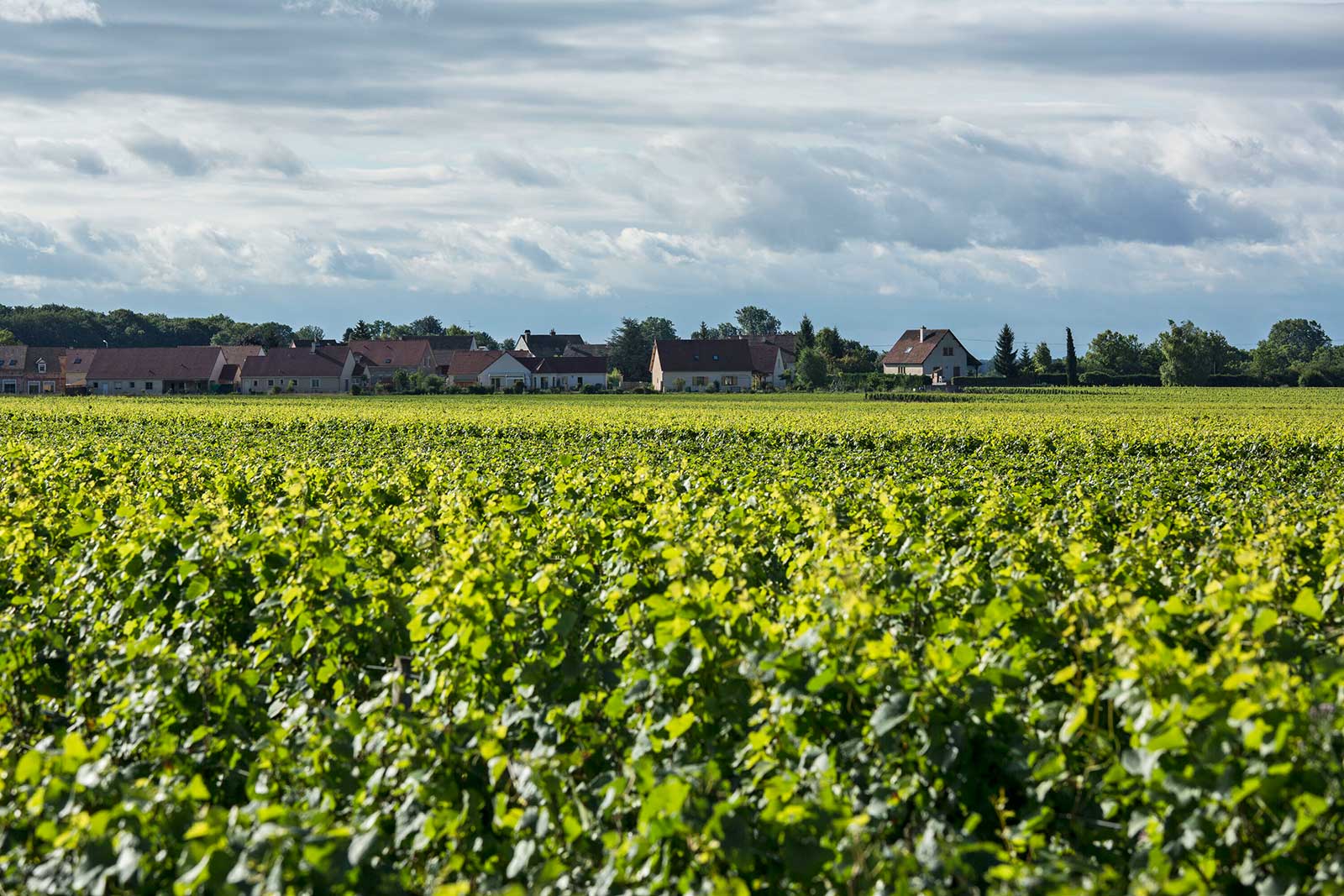
That’s because when you combine these soils with Chorey-les-Beaune’s flatness, it creates a hurdle for winemakers seeking to produce Pinot Noir of distinction. Water retention can lead to increased vigor and dilution of flavor in the grape clusters. A third soil type, clay, is even more prone to saturation.
“The biggest difficulty with Chorey-les-Beaune is the richer soils than on the hill. We have to be careful with what we plant.”
Nathalie Tollot
Domaine Tollot-Beaut
“The biggest difficulty with Chorey-les-Beaune is the richer soils than on the hill,” Tollot tells me. “We have to be careful with what we plant.” She informs me that producers prefer clones that yield less grapes with smaller berries and more open clusters to allow for ventilation and the prevention of rot, which Tollot says is more of an issue in Chorey-les-Beaune than anywhere else along the Côte d’Or.
If you fold the activities of winemakers into your definition of terroir — which I certainly do — then this acumen with vineyard management may be Chorey-les-Beaune’s defining terroir feature, for without it, the village’s wines would be merely simple and unremarkable.
Vineyards and Cuvées
Chorey-les-Beaune has 22 named climats — individual vineyards whose characteristics give them an added sense of definition and identity.
But in practice, most Chorey-les-Beaune wines are blended from multiple climat. Much of this, Tollot admits, is because few producers have large enough holdings in any single climat to make the effort. Domaine Tollot-Beaut’s principle Chorey-les-Beaune (see below) is a blend from multiple parcels, which they feel, achieves a more village-wide representation of terroir. (Their lone single-vineyard Chorey-les-Beaune — a monopole called Pièce du Chapitre — is not imported to the United States).
“Some vineyards are along a small river where there is more gravel,” Tollot tells me. “The soils in the middle of the appellation are heavier ones, made of clay, while the soils on the northern side towards Aloxe-Corton are clay and stony.” This variety is by no means uncommon among the Village-level appellations of Burgundy, but it serves to underscore the importance of blending from multiple parcels in many of the wines.
The Chorey-les-Beaune from Beaune-based négociant Maison Joseph Drouhin also benefits from this approach. To Laurent Drouhin, the beauty of Chorey-les-Beaune lies in the village-wide identity, not in the subtleties of its different vineyards.
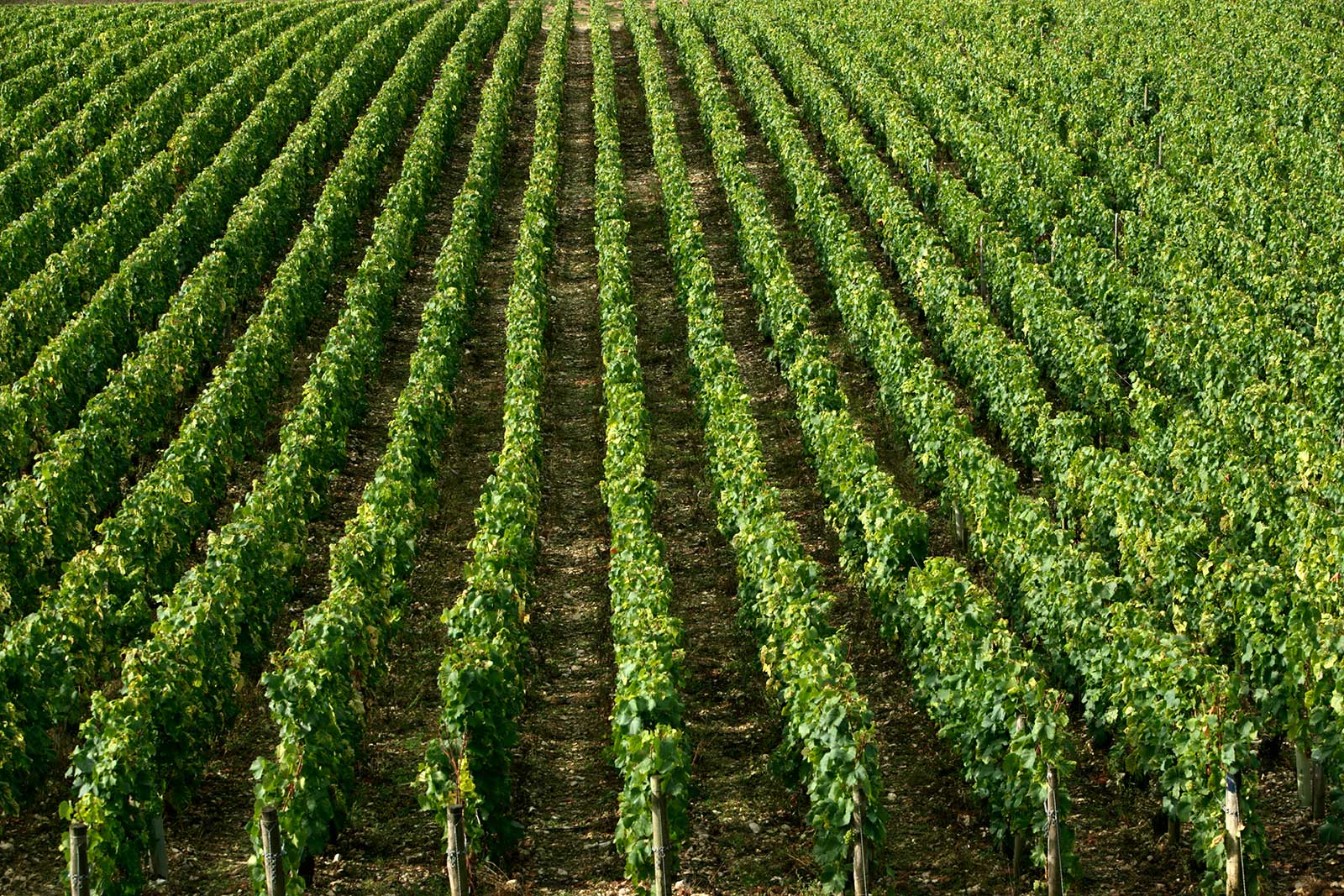
“As a producer and a drinker, I look for Chorey-les-Beaune, more than a climat specifically,” he says. “I like that we can work with all of these variations to produce something consistent — obviously, depending on the vintage — but fairly consistent year after year.”
However, he adds, “when you start getting into the climat, the variations can be huge. If you are near Savigny[-lès-Beaune], the fact that [the soil] is more pebbles means the wines will be a little bit more square and masculine. And if you are heading toward Corton, you tend to have more roundness and depth in the wine, more intensity and maybe less of a tannic expression.”
There are exceptions to multi-parcel blending. Domaine Guyon’s fantastic Chorey-les-Beaune (see below) comes from Les Bons Ores, which abuts Aloxe-Corton in an area producing the most serious wines in the village. Robert Gibourg makes a Chorey-les-Beaune from “Le Grand Saussy,” also reviewed below.
For a consumer, these differences are perhaps more on a “nice to know” level than a “need to know” level. Very few will geek out over single-vineyard Chorey-les-Beaune like they will with Vosne-Romanée — or even Pommard and Savigny-lès-Beaune, to name a few more. Some differences within this village have more to do with winemaking than with origin.
Your First Taste
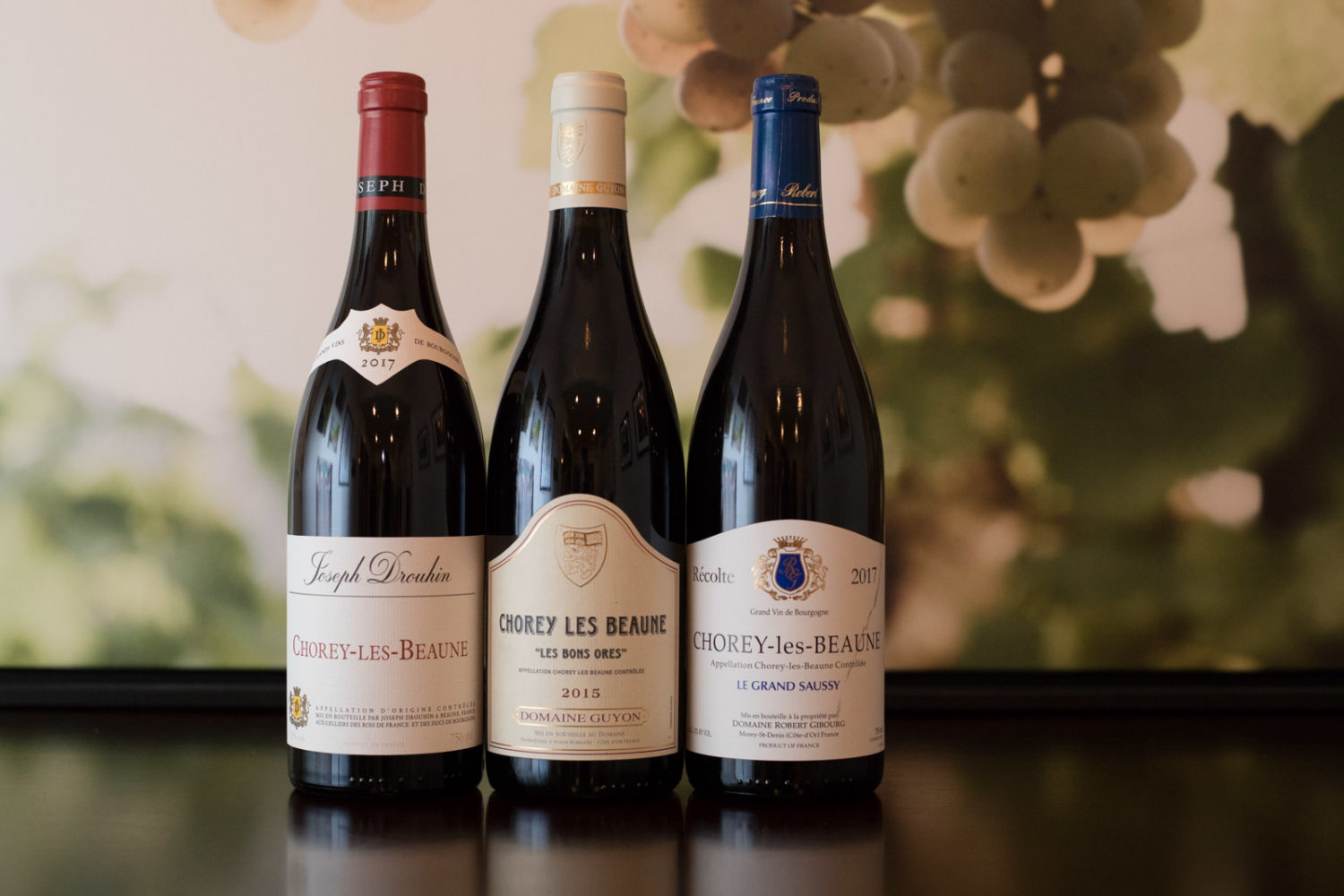
The wines of Chorey-les-Beaune are mezzo-soprano in their voice — not quite the highest pitch, but light enough to nearly levitate — and while they’ll never lead the opera, they work perfectly fine for a little light lounge music. I was struck by the similarities among these wines. They have more in common than they do in contrast, which suggests that Chorey-les-Beaune and its overlooked wines at least possess a consistent identity.
Here is the United States, French wine has become increasingly expensive in the last 12 months — a victim of a trade dispute between the U.S. and the E.U. over Airbus subsidies which has resulted in a 25% tariff. Chorey-les-Beaune is not exempt, but its price impact has been less than other, more expensive, more prestigious Burgundian villages. The village is not entirely exempt from examples of Burgundy’s absurd prices, but by and large, if you are looking to scratch that Burgundy itch without draining your account, Chorey-les-Beaune is one of the wines to reach for.
Here are my recommendations for your first taste.
Jean-Pierre Guyon “Les Bons Ores” Chorey-les-Beaune
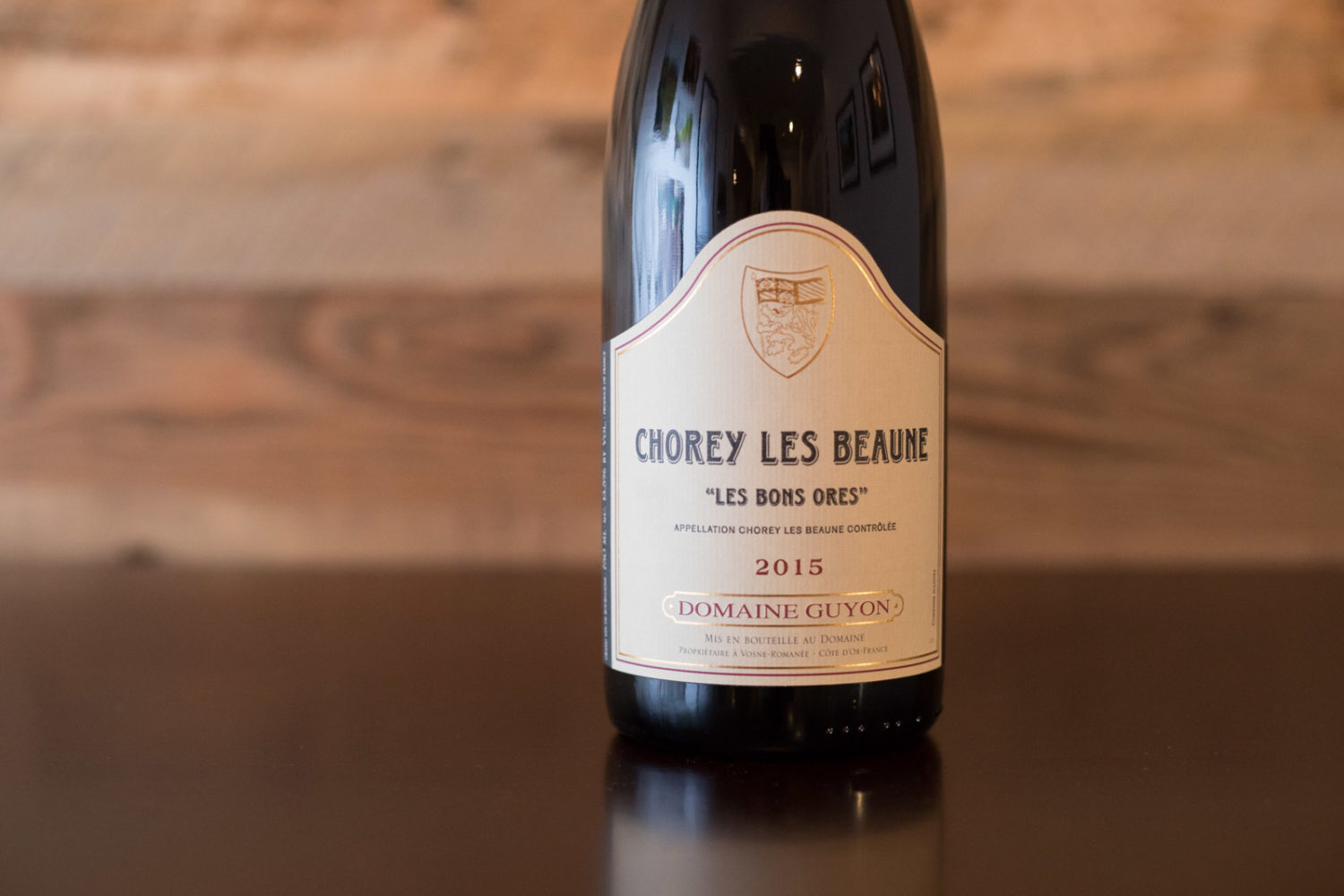
My top bottle comes from Essential Winemaker Jean-Pierre Guyon of the Vosne-Romanée-based estate, Domaine Guyon. His 2015 “Les Bons Ores” Chorey-les-Beaune (★★★★ 3/4) comes from a square-shaped climat that abuts Aloxe-Corton.
More notable than the subtle terroir differences here is the use of whole-cluster fermentation, which is a hallmark of Guyon’s wines. On the nose, this process lends the wine a light peppery crack. It seems to enhance the other flavors, which in this case suggest strawberries and violets with a hint of mint. The tannins are just noticeable enough to hold the roof up, yet hardly astringent, which can sometimes happen from whole cluster’s inclusion of stems. Guyon knows what he is doing in the cellar, and it shows with this not-so-humble village wine. This wine’s biggest drawback is its scarcity.
Domaine Tollot-Beaut Chorey-les-Beaune
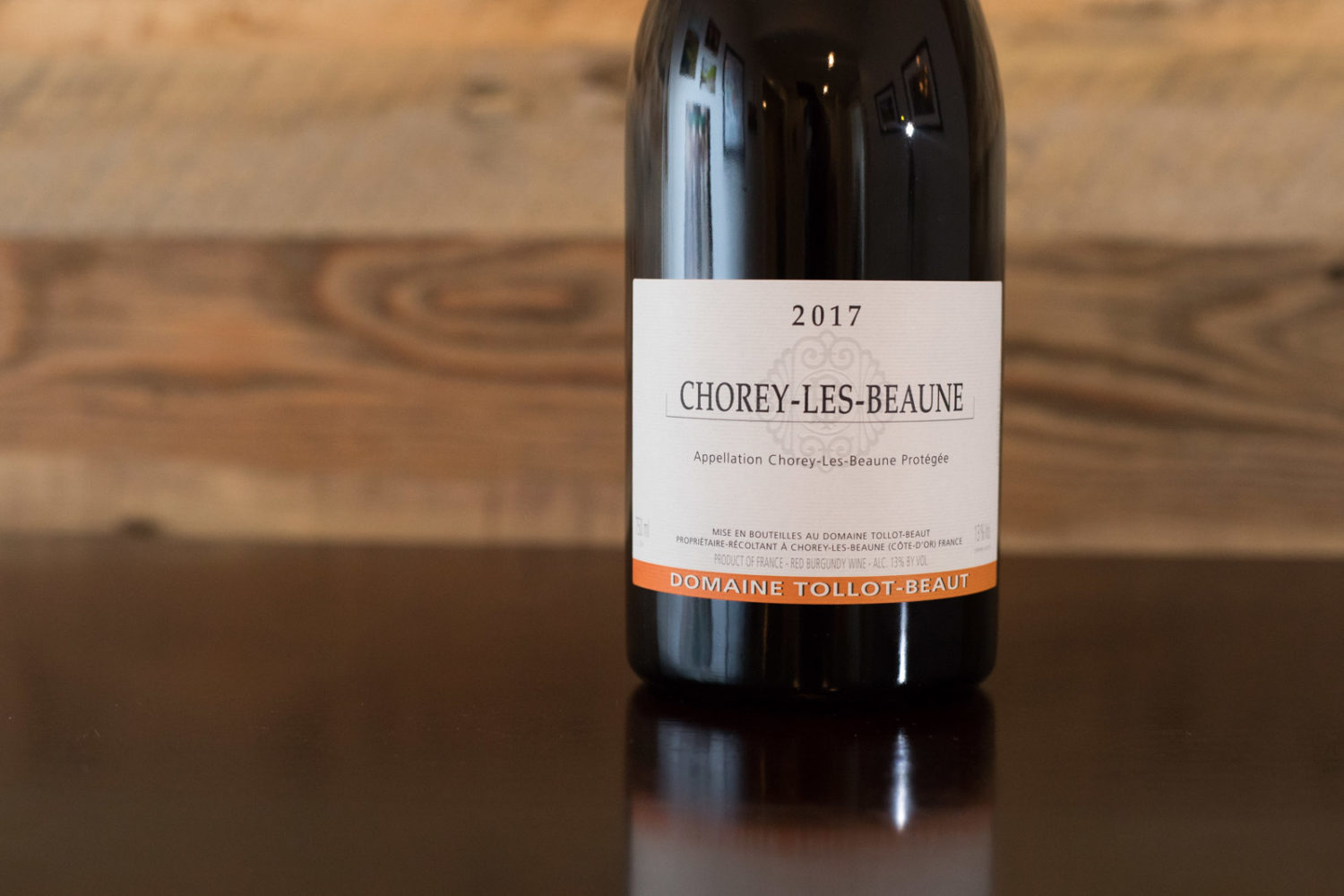
For my actual first taste recommendation — the wine that serves as the perfect entree to Chorey-les-Beaune — I am going to go with the 2017 Domaine Tollot-Beaut Chorey-les-Beaune (★★★★ 1/2), a subtly impressive Pinot Noir that gets better as the night wears on.
Here again, the aromatic signatures are like strawberries, mint and baking spice, but with fruit tones shifting toward a red-currant resemblance with time. There was a ceaseless freshness to it, and I kept wanting to savor its aromas. The wine’s nicest features, however, lie in the streamlined texture, agile acidity and delicate tannins. This wine prompted me to take a second look at Chorey-les-Beaune and write this article in the first place. At around the $40 mark, it is on the pricey side of the Chorey-les-Beaune spectrum, but worth it.
Maison Joseph Drouhin
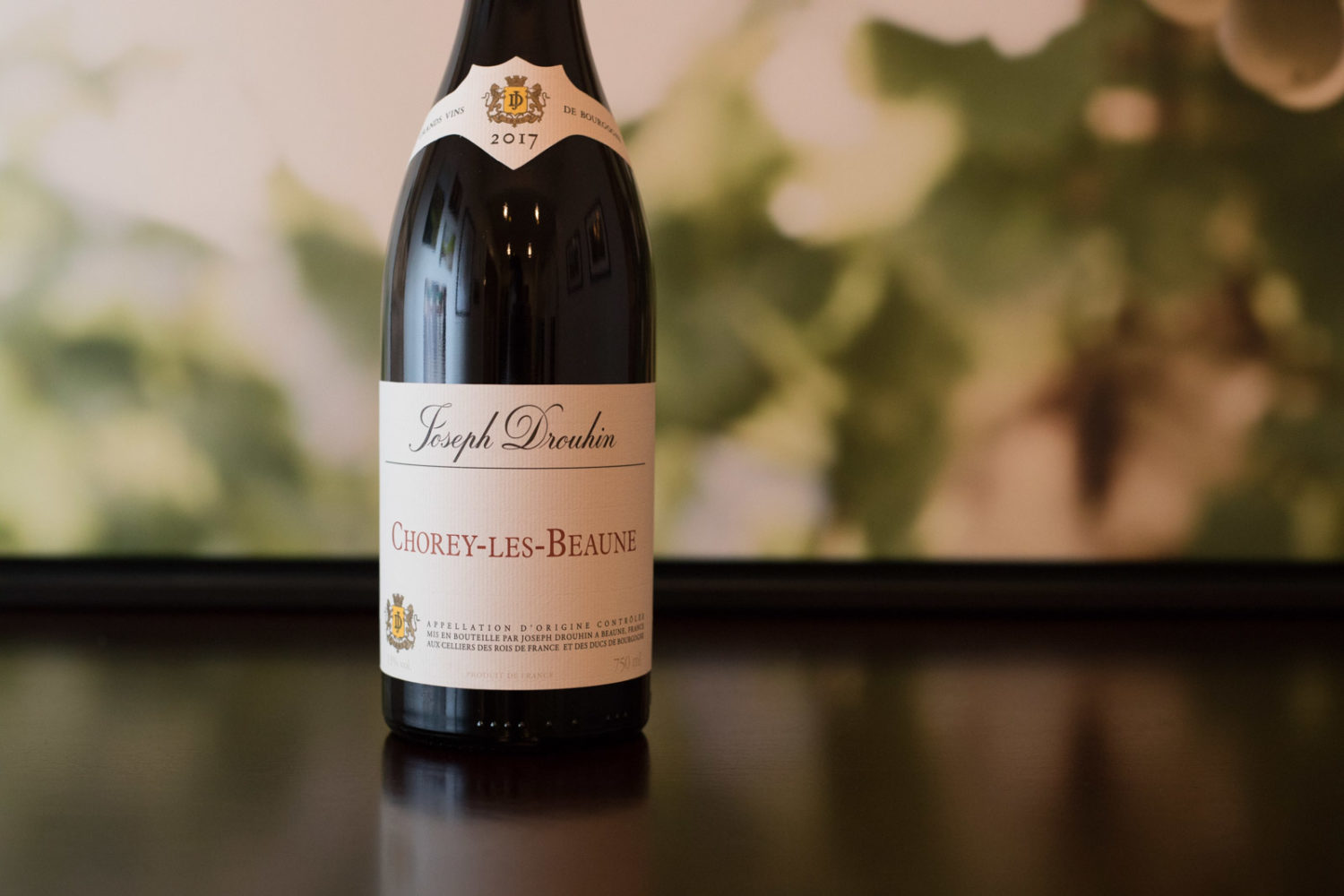
Among the most likely wines you’ll find is from négociant Maison Joseph Drouhin, whose 2017 Chorey-les-Beaune (★★★★ 1/2) asserts that featherweight wines don’t have to be shrinking violets. Once again, strawberries came to mind on the nose, as well as herbs and graphite, but in the end I just wanted to distill my notes down to a mere entry of “deliciousness.” The wine is lean and among the ones sampled, the most translucent in color, but it has a lot of energy.
This would be a great candidate for your first taste if you are more budget conscious, as it usually runs just under the $30 mark. Joseph Drouhin also has one of Burgundy’s largest distribution footprints in the U.S. market, so I think many of you will have an easier time finding it locally.
Domaine Robert Gibourg
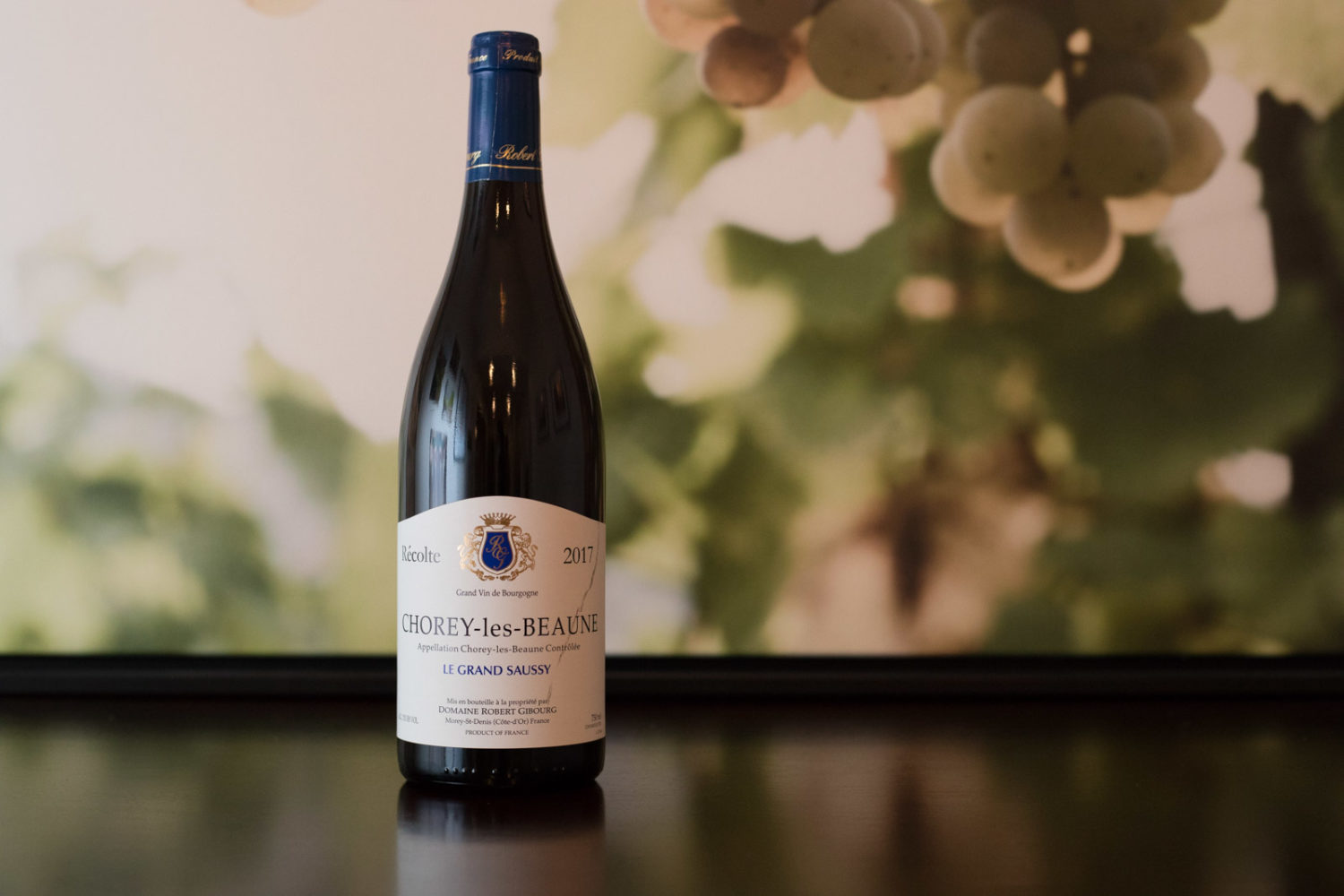
To an earlier point that not all single-vineyard wines are better, I give you the 2017 Domaine Robert Gibourg “Le Grand Saussy” Chorey-les-Beaune (★★★★ 1/4). Among those sampled, it was the lightest and simplest, suggesting bright but indistinct berries and roses on the nose, with gentle tannins. If anything, I wanted more energy from the wine, which perhaps is a symptom of the vintage or site, I am not sure. In fact, it may be a sign that at even three years of age, some Chorey-les-Beaune start to decline. To be honest, I am not sure.
This is a wine I’d certainly try again, but wouldn’t add to the first-impression list for my readers.
Note: Two wines in this article (Domaine Guyon and Domaine Tollot-Beaut) were provided as samples by their respective importers. Learn more about my editorial policy.

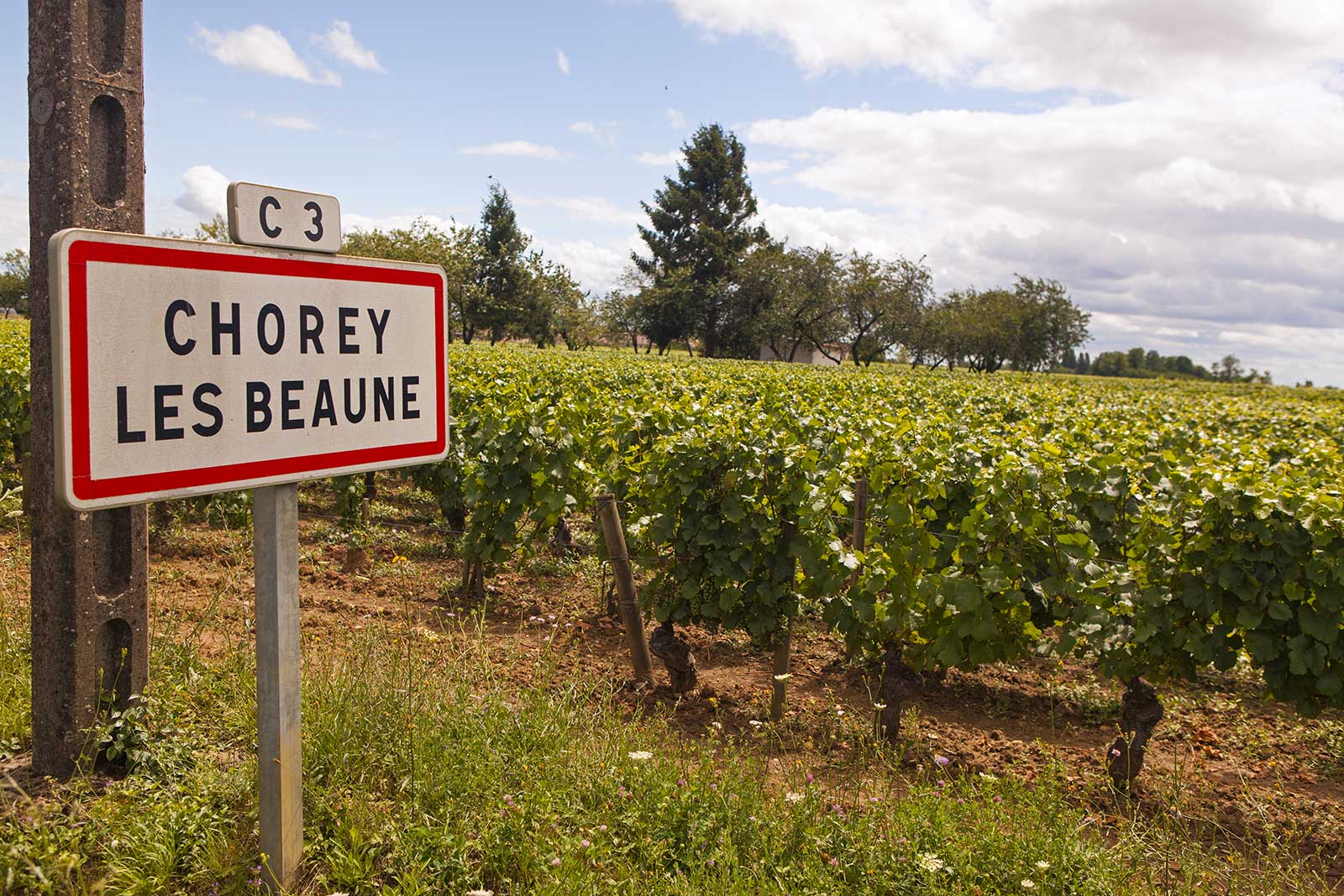

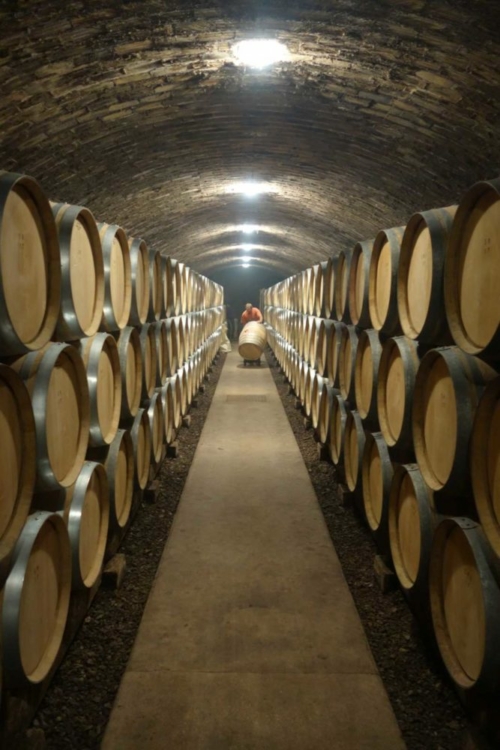
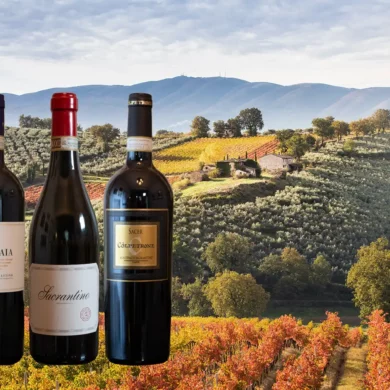
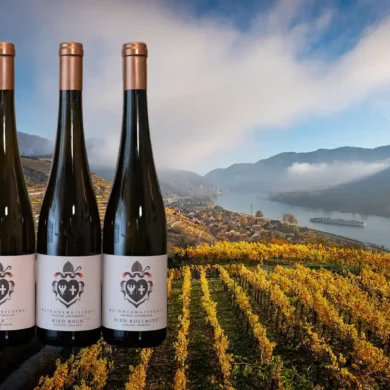
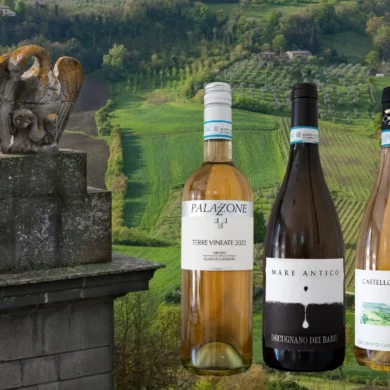
Another excellent high quality article. I totally agree. I often say C.l.B. is a reliable value.
P.S., there is an “e” in one of your Savigny mentions.
Why thank you very much (and especially thanks for correction of the typo … still looking to raise enough revenue to hire a proofreader!). I was surprised how little info on Chorey-les-Beaune there was online, especially in light of the high enthusiasm for it that I am just now discovering. Cheers.